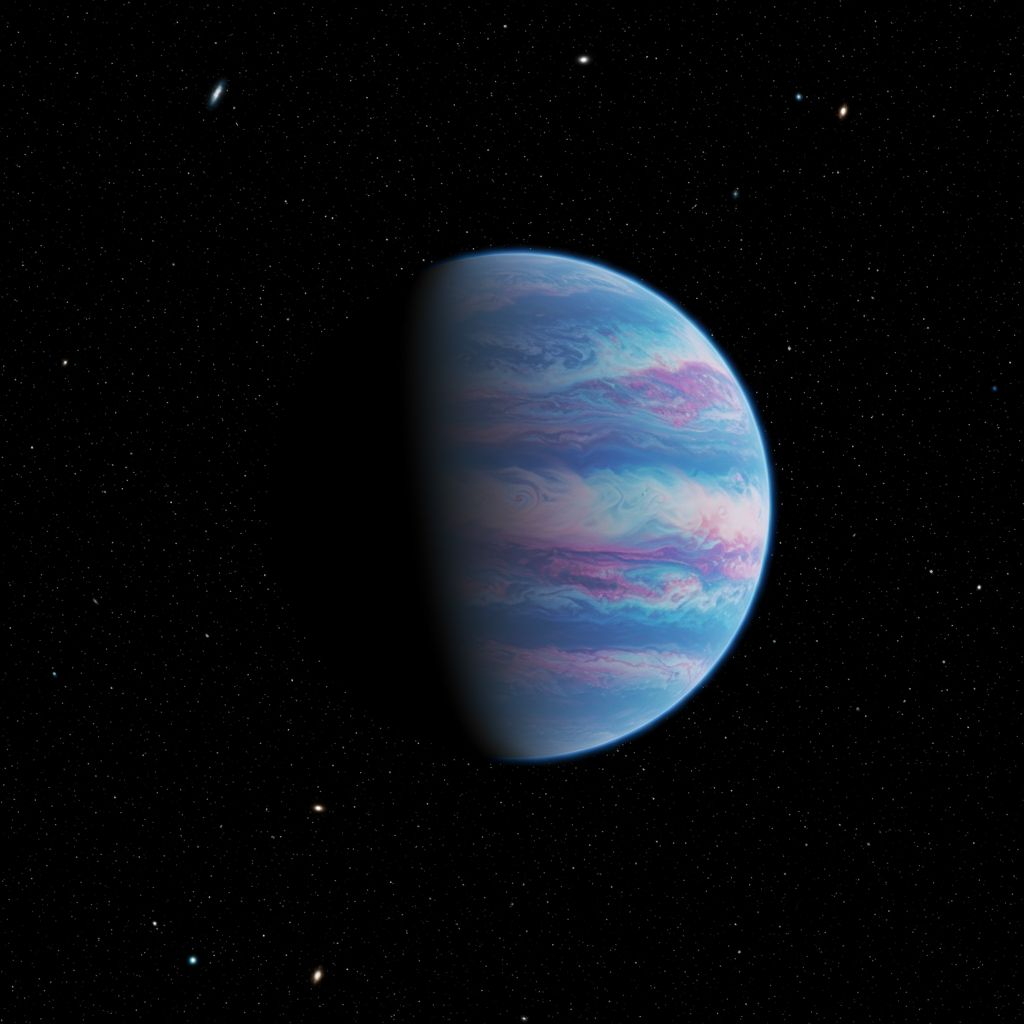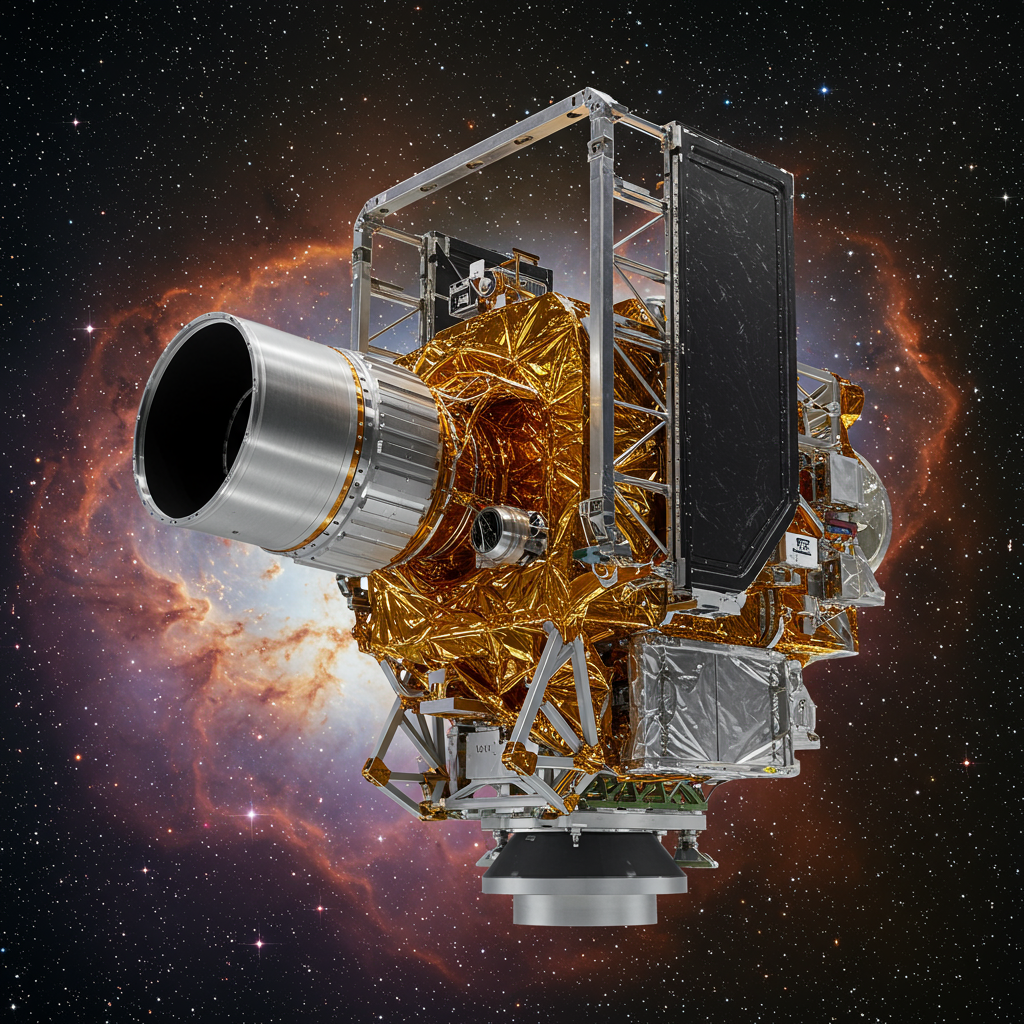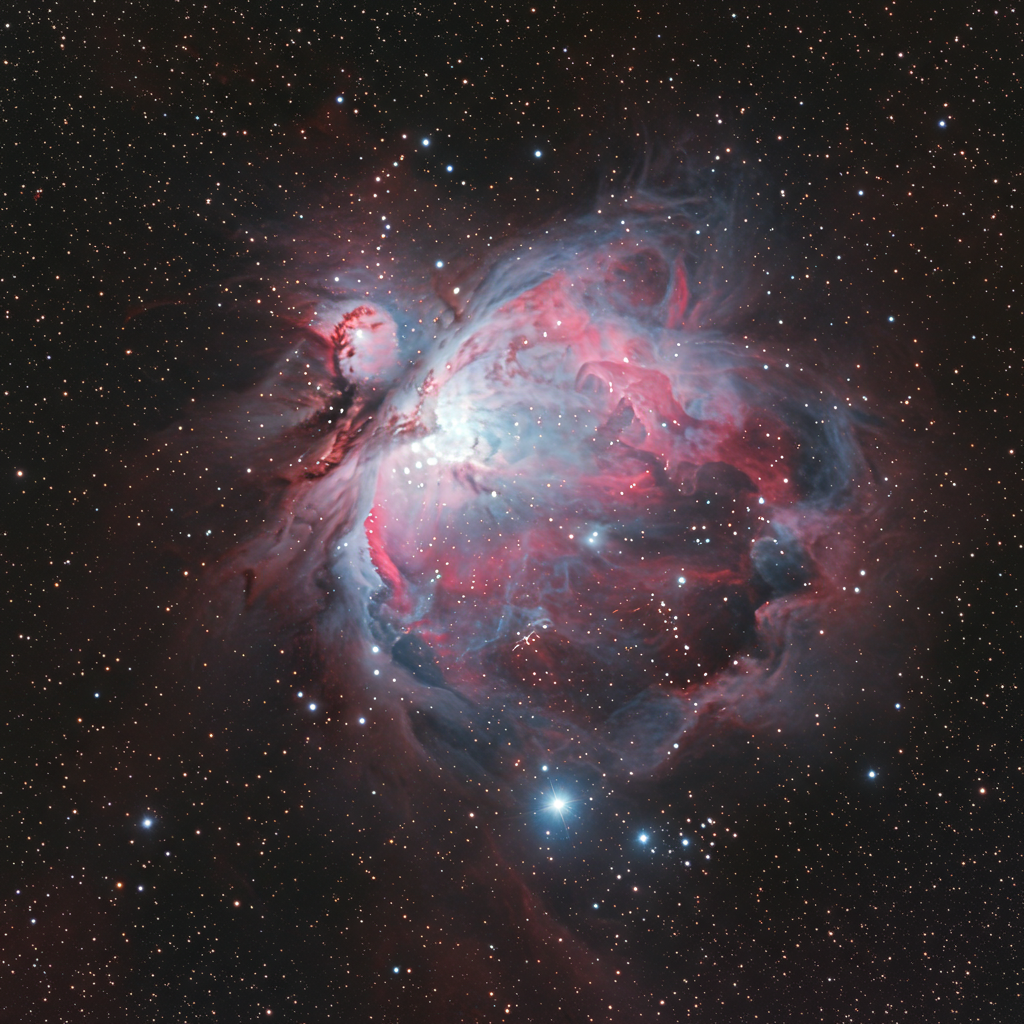James Webb Telescope Achieves Historic First: Direct Image of Distant Exoplanet
The James Webb Space Telescope (JWST) continues to push the boundaries of cosmic exploration, marking a significant milestone by capturing its first direct image of a planet outside our solar system, known as an exoplanet. This achievement is particularly remarkable because directly imaging these distant worlds is incredibly challenging due to the overwhelming brightness of their host stars.
Astronomers typically detect exoplanets using indirect methods, such as observing the slight dip in a star’s brightness as a planet passes in front of it (the transit method) or measuring the tiny wobble in a star caused by a planet’s gravitational pull (the radial velocity method). These methods infer a planet’s presence but don’t provide a visual confirmation. Webb’s capability to directly image an exoplanet represents a crucial step forward, offering unprecedented opportunities to study these worlds.
Meet Exoplanet TWA 7 b
The exoplanet captured in this historic image is named TWA 7 b. It is located approximately 110 light-years away from Earth in the constellation Antlia. TWA 7 b orbits the young star TWA 7 within a dusty debris disk.
Scientists estimate TWA 7 b to have a mass comparable to Saturn’s. This makes it notably lighter than most exoplanets previously observed through direct imaging techniques, reportedly about ten times less massive than typical directly imaged gas giants.
The planetary system hosting TWA 7 b is quite young in cosmic terms, estimated to be only around 6 million years old. This provides astronomers with a rare glimpse into the early stages of a planetary system’s formation and evolution, a stark contrast to our middle-aged Sun, which is around 4.6 billion years old. TWA 7 b orbits its star at a much greater distance than Earth orbits the Sun, resulting in a long orbital period that spans several hundred years.
The Breakthrough: Using a Coronagraph to See the Unseen
Directly seeing a faint exoplanet next to a dazzling star is like trying to spot a firefly next to a lighthouse. To overcome this challenge, the research team, led by Dr. Anne-Marie Lagrange, employed a specialized technique using Webb’s instruments.
They utilized a coronagraph feature on Webb’s Mid-Infrared Instrument (MIRI). A coronagraph is a tool that precisely blocks out the intense light from the central star, much like creating an artificial solar eclipse. This allows the much fainter light reflecting off or emitted by orbiting objects, such as planets, to become visible.
The team focused on the TWA 7 system, which is known to possess a complex debris disk containing three distinct rings. By using the coronagraph to suppress the star’s light, they were able to detect a faint source located precisely within a narrow central ring of the disk. Detailed simulations further supported this finding, showing that the gravitational influence of a planet at that specific position could explain the observed shape of the rings and the empty regions within the debris disk. While the researchers acknowledge a very small chance the image could show a background galaxy, the evidence strongly points to it being a previously undiscovered planet.
Why This Direct Image Matters
The ability to directly image exoplanets is invaluable. Unlike indirect methods, direct imaging can potentially provide detailed information about a planet’s:
Atmosphere: By analyzing the light from the planet, scientists can look for signs of gases and other atmospheric components.
Composition: Direct observation helps constrain models of what the planet is made of.
Formation: Seeing young planets within their debris disks offers clues about how planets assemble.
Imaging a relatively low-mass planet like TWA 7 b marks a significant step towards the goal of directly imaging smaller, potentially rocky exoplanets that might be more similar in size and mass to Earth. While nearly 6,000 exoplanets have been confirmed to date, the vast majority have been found using indirect techniques. Webb’s direct imaging capability, especially for less massive planets, opens up exciting new avenues for research.
The findings detailing this discovery were published in the prestigious scientific journal Nature*.
Adding to Webb’s Legacy of Discoveries
This historic direct image of an exoplanet is just the latest in a series of stunning achievements by the James Webb Space Telescope since it began science operations. Webb has already delivered groundbreaking images and data, revealing complex cosmic phenomena like gravitational lensing that creates “Einstein Rings” and identifying the most distant galaxy ever observed.
The direct imaging of TWA 7 b showcases Webb’s unparalleled power and its potential to transform our understanding of distant planetary systems, bringing us one step closer to potentially finding worlds similar to our own. Future observations with Webb and other advanced telescopes promise to reveal even more incredible sights and discoveries in the vast cosmos.




